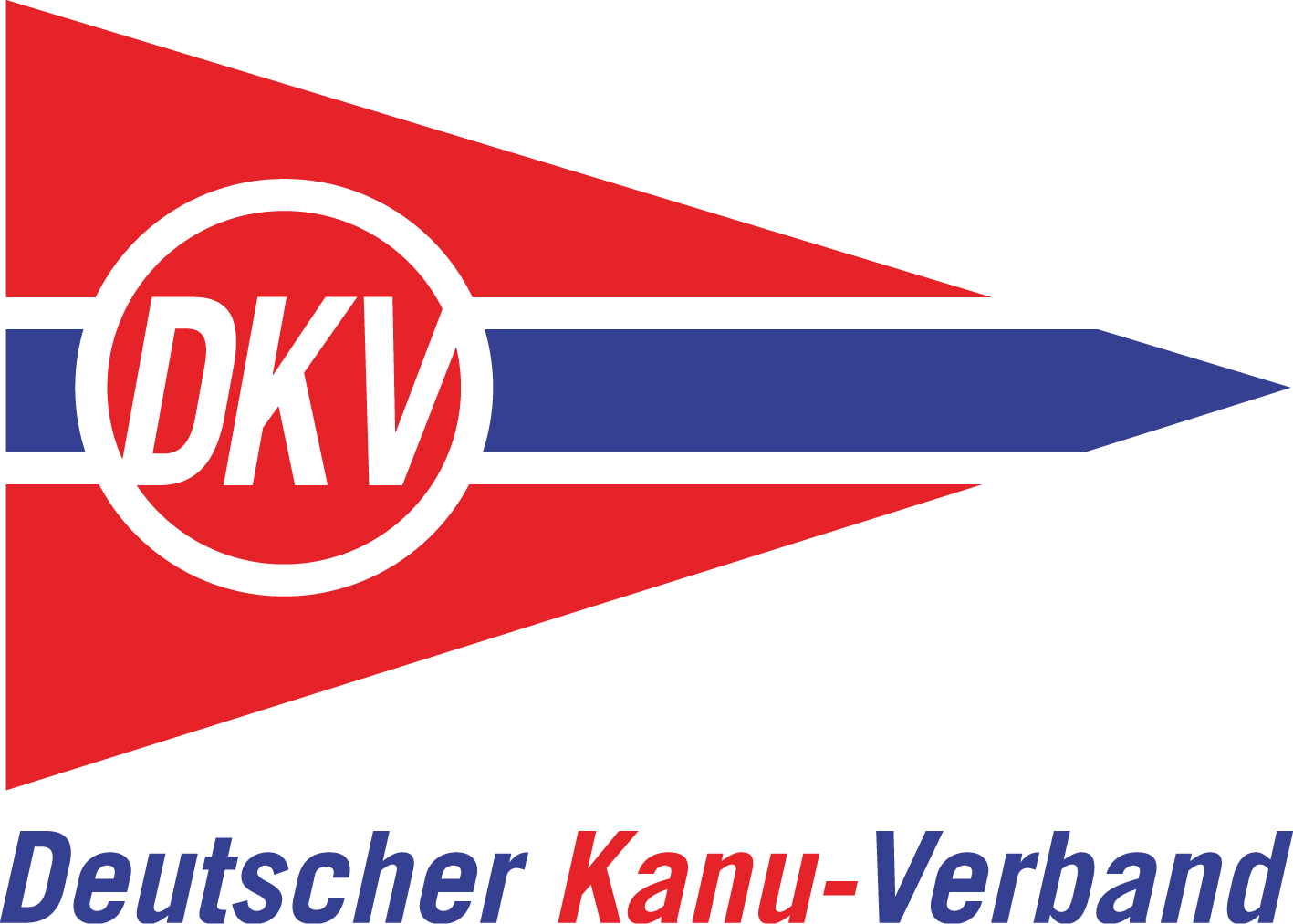The relation of nitro-oxidative stress with cardiovascular risk in elite athletes and non-athletes
(Beziehung zwischen oxidativem Stress und kardiovaskulärem Risiko bei Sportlern des Hochleistungsbereichs und Nichtsportlern)
Introduction: It is well recognised that physical activity reduces vascular nitro-oxidative stress, increases nitric oxide (NO) production via eNOS reaction, modifies the lipid profile (Banfi et al. 2006, Bjork et al. 2012, Durstine et al. 2001, Ribeiro et al. 2010), and also inhibits the production of pro-inflammatory and pro-apoptotic cytokine TNFá (Petersen and Pedersen 2005). However, observations were performed on healthy non-active subjects, patients with coronary artery disease or older adults. It has not known how the long-term physical activity effects on nitro-oxidative markers and cardiovascular risk (CVD). Also, no studies have examined whether the effects of training on nitrooxidative stress level are related to changes in nitric oxide bioavailability, indexed as the blood level of nitrotyrosine (Nitro). We designed our sudy to demonstrate the effects of sport training on nitro-oxidative stress and its interaction with CVD risk markers in elite athletes in comparison to non-athletes.
Methods: Blood samples were collected from twenty four athletes at 18-27y old (national team: kayakers and Greco-Roman wrestlers) during preparatory period for the new season (pre-season, January) as well as from non-athletes (n=12). Body mass (BM) and body composition (fat-free mass FFM and fat mass FM) were estimated using a bioelectrical impedance (BIA).
Results: Serum NO concentration did not differ between groups while Nitro was significantly higher in athletes than non-athletes. Similarly, TNFá, oxLDL and hsCRP levels were elevated in athletes compared to non-athletes. Wrestlers showed the highest levels of Nitro, TNFá, hsCRP, total cholesterol, LDL lipoproteins and atherogenic index. Nitro concentration correlated with hsCRP (r=0.609, P<0.001), TNFá (r=0.822, P<0.001), and atherogenic index (r=0.456, P<0.01). Fat mass index negatively correlated with TNFá concentration.
Discussion/Conclusion: The findings show that sport training is associated with lower level of NO bioavailability, and that nitro-oxidative stress markers are related to levels of other conventional CVD risk factors.
© Copyright 2014 19th Annual Congress of the European College of Sport Science (ECSS), Amsterdam, 2. - 5. July 2014. Veröffentlicht von VU University Amsterdam. Alle Rechte vorbehalten.
| Schlagworte: | Belastung Belastungsintensität Hochleistungssport Krankheit Herz Kreislauf Kanurennsport Ringen Klassischer Ringkampf Vorbereitungsperiode |
|---|---|
| Notationen: | Biowissenschaften und Sportmedizin Ausdauersportarten Kampfsportarten |
| Tagging: | oxidativer Stress |
| Veröffentlicht in: | 19th Annual Congress of the European College of Sport Science (ECSS), Amsterdam, 2. - 5. July 2014 |
| Herausgeber: | A. De Haan, C. J. De Ruiter, E. Tsolakidis |
| Veröffentlicht: |
Amsterdam
VU University Amsterdam
2014
|
| Seiten: | 689-690 |
| Dokumentenarten: | Kongressband, Tagungsbericht |
| Sprache: | Englisch |
| Level: | hoch |
